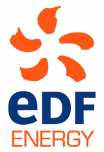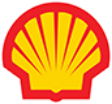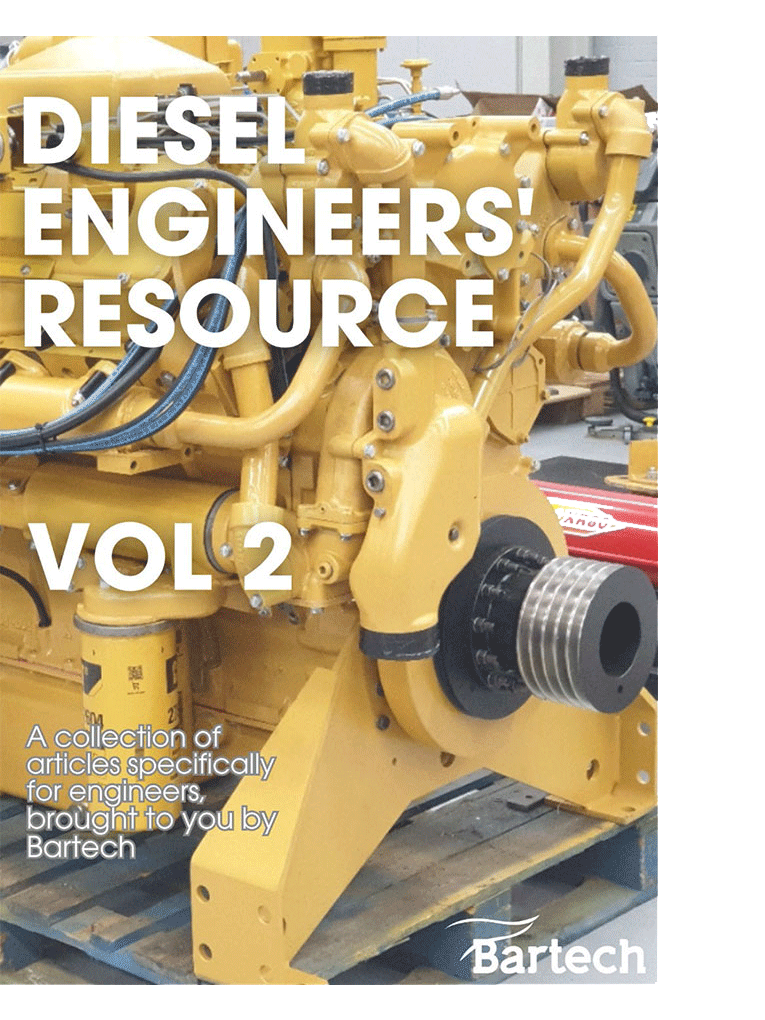Investigate oil leak at turbine end of the Holset 4MF turbocharger on a coolant engine
Read more on how we helped this client below and discover how we can help you too...

Background
Bartech was called upon to investigate reports of a Holset turbocharger leaking lubrication oil into the turbine housing, causing the nuclear operator’s coolant engine, to consume excessive quantities of lubrication oil.
This involved the dismantling, cleaning and inspection of the turbocharger.
Upon arrival at Bartech premises, the turbocharger was given an initial visual inspection, before dismantling began.
With the core assembly removed evidence of small quantities of lubrication oil was found entering the turbine housing, this could only have originated from the core assembly.
The dismantling process should not have caused any leakage at this stage, as all seals and assemblies were still tight.
To confirm the origin of the oil the turbo was dismantled further. The compressor side of the turbo was dismantled first, this required the removal of the compressor wheel from the turbine shaft, extraction of the oil slinger and piston rings, oil deflector, thrust ring, spacers and thrust bearing.
No signs of leaks or evidence of damage to any component parts were observed.

Solution
It is evident that lubrication oil was passing the piston sealing rings on the turbine side of the turbo and allowing lubrication oil into the engines exhaust system. The quantity is impossible to accurately calculate as only small residue amounts were found, but larger quantities could have drained from the core assembly when removed or transported to Bartech.
It is recommended that the turbine shaft is balanced, and the turbo rebuilt with a new overhaul kit, this will replace any defective seals or rings. The turbo will additionally be put on a governor testing rig and the oil gallery pressurised to 50 PSI.
This will confirm the integrity of the new seals before final assembly.
End float measurements will be taken and the turbocharger will then be returned to the customer.

Outcome
The turbine shaft and compressor wheel were sent for balancing. Upon its return, the turbocharger was rebuilt using a new overhaul kit, consisting of replacement
bearings, piston rings, O rings, circlips, lock nut and thrust bearing.
The replacement bearing retaining circlips and bearing bushes were lubricated and inserted into the bearing housing. New piston rings were mounted onto the
turbine shaft and installed, along with the turbine heat shield, into position in the bearing housing.
The turbine shaft and compressor wheel were sent for balancing. Upon its return, the turbocharger was rebuilt using a new overhaul kit, consisting of replacement
bearings, piston rings, O rings, circlips, lock nut and thrust bearing.
The replacement bearing retaining circlips and bearing bushes were lubricated and inserted into the bearing housing. New piston rings were mounted onto the
turbine shaft and installed, along with the turbine heat shield, into position in the bearing housing.
The thrust rings, spacer, oil deflector and thrust bearing were installed into the compressor side of the turbo. The oil slinger was fitted with new piston rings and inserted into the insert, this was pushed into position and a replacement circlip fitted to secure it in place.
The compressor wheel was installed and torqued to the manufacturer’s specifications, ensuring the balancing marks were carefully aligned.
To ensure the turbo was within the manufacturer’s tolerances the Axial Clearance and Radial Movement had to be measured. To allow this the bearing housing was mounted
into the turbine housing and torqued down. A Dial Test Indicator (DTI) was mounted and the specific readings were taken.
Axial Clearance = 0.003”
Radial Movement = 0.017”
These measurements were well within the manufacturer’s tolerances, allowing the testing of the piston oil seals to commence. The turbine housing was removed and the bearing
housing attached to a Governor Test Rig. 50 PSI of oil was passed through the lubrication oil delivery port and a visual inspection conducted to endure no oil was passing the
piston rings. The test was conducted for 2 minutes an no leaks were evident.
The turbine and compressor housings were then fitted, aligned with the original orientation marks, and the securing bolts torqued down. All orifices were covered to
prevent the ingress of dirt and the overhauled unit packaged for return to the customer.
Got a problem like this that you need help with? See how we can help!
Find out moreYou might also find these case studies interesting...
-
Case study
Twiflex clutch repair and refurbishment
Find out more -
Case study
Detroit 8V-71 BMSN1496 Fully dismantle, clean and inspect the torque converter
Find out more -
Case study
Deutz DFP6 1013 C20 Firepump RCA
Find out more
If you’re after a trustworthy engine specialist with an excellent track record for your job then let's get started
Get support now 01206 673101 24hProud to be supporting:







Engineer Resource Vol. 2 is now out for FREE download. Get your copy now!
A collection of articles to help you improve engine reliability, performance and safety specifically for engineers, brought to you by Bartech Marine. Simply enter your email below to get instant access.
By completing this form you are agreeing to our privacy policy.

